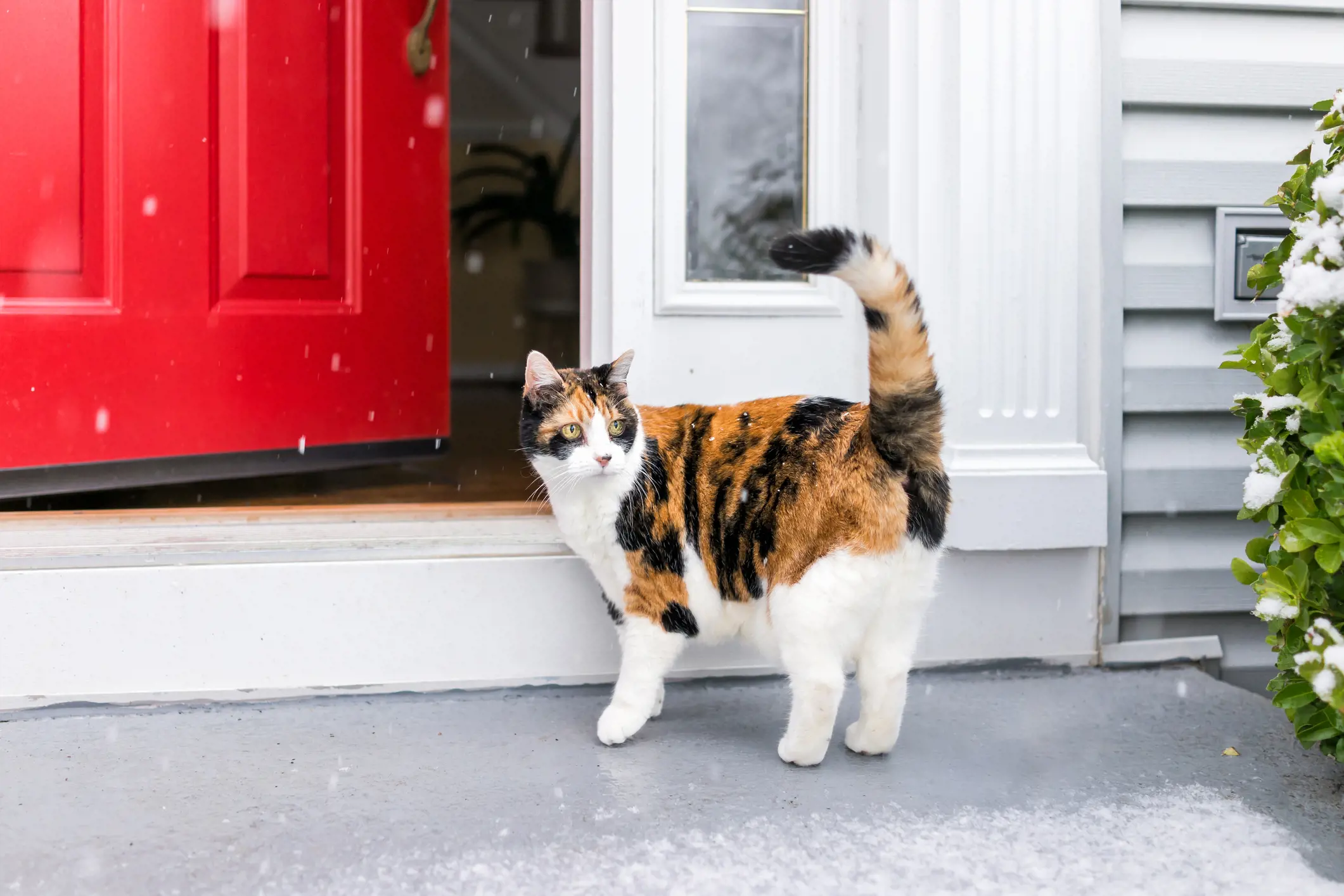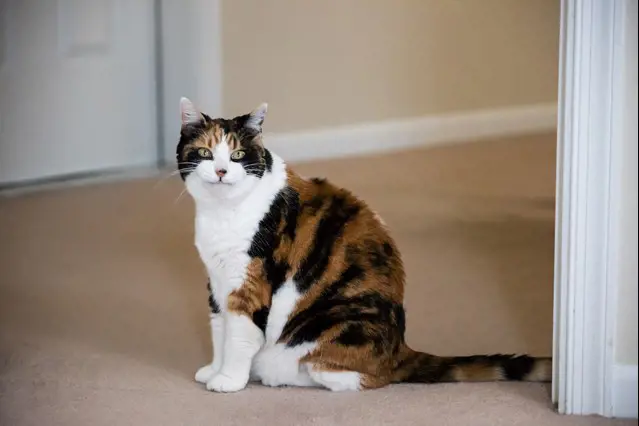Rare male tortoiseshell cats discovered at two rehoming centres!
25th November, 2019

Did you know that tortoiseshell cats are almost always female?
An extra chromosome can sometimes result in a male tortoiseshell being born.
But this one in 3,000 genetic quirk means that male ‘torties’ are very rare — so it made headlines when two were recently taken into the care of Cats Protection and the RSPCA.
Five-month-old Cresta was found as a stray in the Colwyn Bay area and was taken to Cats Protection’s Wrexham adoption centre for rehoming.“We couldn’t believe it when we discovered Cresta was a boy,” said adoption centre manager Suzan Kennedy.
“Certainly none of us here have ever seen a male tortoiseshell before, and it’s been many years since Cats Protection has had one in care, despite us helping 200,000 cats a year.”
She added: “Although it’s rare, there shouldn’t be any health problems for Cresta. Male tortoiseshells tend to be sterile but he has been neutered to be on the safe side to prevent unwanted kittens being born in the future.”
Meanwhile in Norfolk, four-month-old Miracle and his brother Shadow were taken into the RSPCA’s Eau Brink Rehoming Centre — where the staff were equally surprised to discover the tortoiseshell was actually a boy.
Penny Skates, chairman of the Norfolk West branch trustees, said: “I have worked with animals for more than 40 years through my work at the charity and I have seen hundreds if not thousands of kittens over the years and not one has ever been a male tortoiseshell.”
“He’s caused quite a stir at our centre because no one has ever seen a male tortie before.”
Explaining the science behind male torties, the RSPCA’s senior scientific officer in research animals, Juliet Dukes, said: “Females have two X chromosomes in each cell, and to avoid overdosing on two copies of the genes carried on them, one of these Xs is inactivated in each cell.
Not every cell has the same X inactivated, so we females are genetic ‘mosaics’." For torties, this means that some cells have the ginger gene switched on, and others have the black gene switched on.
“In the case of this little fella he’ll have an extra X chromosome and will be an XXY — and because he has an extra X, but also a Y, he can be a tortie, but also a boy.”
Trying to choose between a male and female tortoiseshell cat may be difficult but by reading our blog may help in giving you some clarity. Every cat is unique, and Purely Pets cat insurance offers 15 cover levels so you can choose the right level of cover for you and your furry friend.
Get a quote today!

Helpful Pages
Recent Posts
Pet Insurance Quote
- 98% claims paid *
- Claims paid directly to vets
- 24/7 vet video consultations
- Interest free monthly payments




